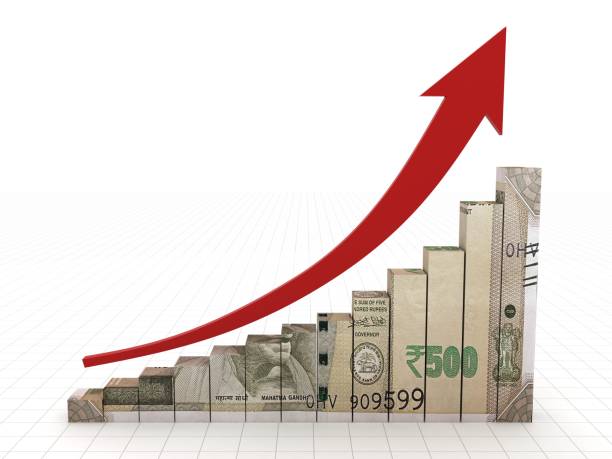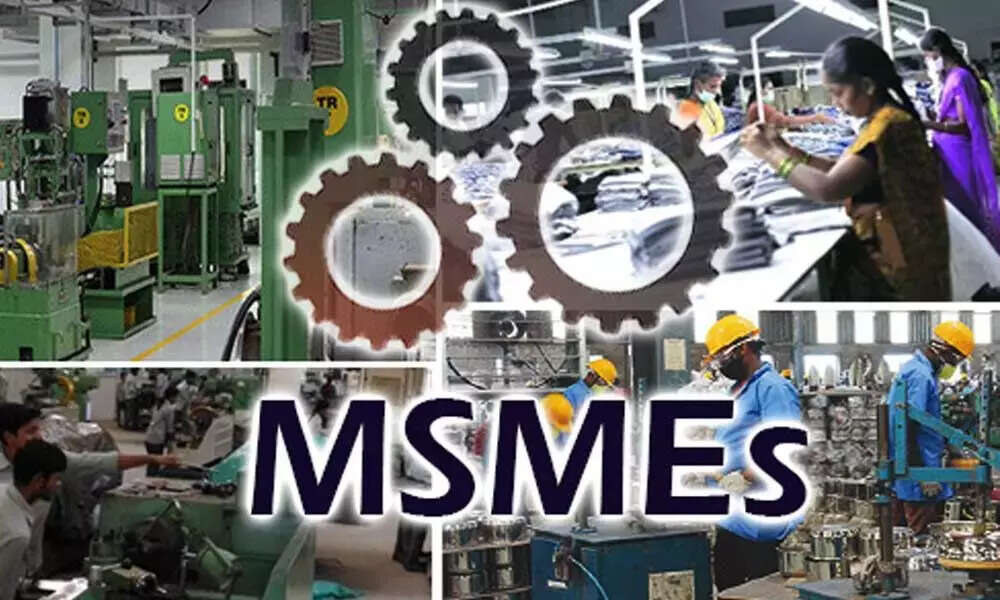MSMEs in India: Backbone of the $5 Trillion Economy Vision
India’s ambitious goal to become a $5 trillion economy is not merely a dream but a strategic objective backed by policy reforms, innovation, infrastructure investments, and a powerful engine—Micro, Small, and Medium Enterprises (MSMEs). Representing over 63 million enterprises, contributing around 30% to India’s GDP, and employing more than 110 million people, MSMEs are undeniably the backbone of the Indian economy.
As India moves toward global competitiveness, sustainability, and inclusive growth, MSMEs play a pivotal role in exports, employment, rural development, and entrepreneurship. Empowering these enterprises is not only vital for economic growth but for ensuring equitable prosperity across states and sectors.
🔗 Source: Ministry of MSME – Annual Report
📊 MSMEs at a Glance
| Parameter | Statistic |
|---|---|
| Number of MSMEs (2023) | 63+ million |
| Contribution to GDP | ~30% |
| Share in exports | ~49% |
| Employment generation | 110+ million |
| Sectoral distribution | 31% manufacturing, 36% trade, 33% services |
🔗 Udyam Registration Portal – Government of India
🏗 MSMEs in the $5 Trillion Vision: Key Roles
1. Driving Export-Led Growth
Nearly half of India’s exports are attributed to MSMEs. From textiles and handicrafts to auto components and precision engineering, these units are fueling India’s global trade presence.
With the government signing FTAs (Free Trade Agreements) with key economies like the UAE, Australia, and EU regions, MSMEs are being groomed for international competitiveness.
🔗 Export Promotion by MSMEs – IBEF
2. Job Creation Across India
India’s demographic dividend needs scalable job creation. MSMEs offer employment in urban, semi-urban, and rural areas, often requiring lower capital but delivering high social impact.
Through Skill India, Startup India, and Mudra loans, MSMEs are better positioned to employ skilled youth across sectors like:
-
Garment and apparel
-
Food processing
-
Auto components
-
Renewable energy
-
E-commerce logistics
3. Championing Innovation & Technology Adoption
MSMEs are no longer limited to traditional manufacturing. The rise of tech-led MSMEs in SaaS, AI, and IoT has reshaped how small businesses operate.
Government initiatives like:
-
Digital MSME Scheme
-
ZED (Zero Defect Zero Effect) Certification
-
Champions Portal for grievance redressal
…are helping MSMEs become digitally empowered and globally benchmarked.
🔗 ZED Certification Scheme – Ministry of MSME
4. Rural Economic Transformation
With over half of India’s MSMEs located in rural areas, they drive local entrepreneurship, self-reliance, and women-led businesses.
Key schemes include:
-
PMEGP (Prime Minister’s Employment Generation Programme)
-
Cluster Development Programme
-
Support to Artisan-based clusters (SFURTI)
These not only boost economic activity in backward regions but also preserve indigenous crafts and skills.
🔗 SFURTI Scheme Details – MSME

💡 Policy Support and Reforms
To truly realize the $5 trillion target, India is creating a business-friendly ecosystem for MSMEs.
Recent Reforms:
-
Revised MSME Classification (2020):
✅ Based on investment & turnover
✅ Uniform classification for manufacturing and services
| Type | Investment Limit | Turnover Limit |
|---|---|---|
| Micro | Up to ₹1 Cr | Up to ₹5 Cr |
| Small | Up to ₹10 Cr | Up to ₹50 Cr |
| Medium | Up to ₹50 Cr | Up to ₹250 Cr |
-
Emergency Credit Line Guarantee Scheme (ECLGS) for COVID recovery
-
Fund of Funds and equity infusion support for stressed MSMEs
-
TReDS platform for invoice discounting to improve cash flow
🔗 TReDS – RBI Guidelines
🔧 Infrastructure & Digitalization Push
India is investing in industrial corridors, smart logistics, and digital public infrastructure like UPI, ONDC (Open Network for Digital Commerce), and e-Marketplaces like GeM to help MSMEs thrive.
-
GeM Portal: MSMEs can directly supply to government buyers
-
ONDC: Helps small sellers go digital and compete with e-commerce giants
-
Digital Payments: UPI adoption has empowered even nano-enterprises
🔗 ONDC Official Site
🔗 GeM Marketplace
🌐 MSME Globalization Strategy
India is focused on making MSMEs export-ready by:
-
Partnering with export promotion councils
-
Establishing MSME Technology Centers and Design Clinics
-
Supporting global exhibitions, trade fairs, and B2B connect platforms
These efforts ensure small Indian manufacturers can meet international standards in quality, packaging, logistics, and delivery timelines.
🌿 MSMEs and Sustainability
Sustainability is at the heart of India’s long-term vision. MSMEs are being encouraged to adopt:
-
Green manufacturing practices
-
Energy-efficient processes
-
Solar and bio-based energy adoption
The World Bank-funded Raising and Accelerating MSME Performance (RAMP) Program is aiding Indian MSMEs with financial and knowledge support to become environmentally responsible.
🔗 RAMP Program – World Bank & Govt of India
🚀 What More Can Be Done?
Despite significant progress, challenges remain:
-
Credit access gaps
-
Lack of skilled labor in remote regions
-
Delays in payments from large buyers and government departments
-
Low tech adoption in legacy MSMEs
India-Agent.com recommends:
✅ Local agent partnerships to help global buyers connect with verified Indian MSMEs
✅ Digital transformation support through vetted vendors
✅ Market entry advisory for foreign companies investing in the MSME ecosystem
🔗 Partner with India-Agent.com
📌 Conclusion
The Make in India movement, Atmanirbhar Bharat, and India’s $5 trillion GDP vision are deeply intertwined with the growth of its MSME sector. With the right combination of reforms, investments, digital tools, and global linkages, MSMEs are poised to lead India’s next wave of industrial and economic transformation.
For global companies looking to source from India or invest in scalable, grassroots innovation, MSMEs are the gateway.
🎯 Want to explore India’s MSME clusters or supplier networks?
👉 Connect with a local expert at India-Agent.com
